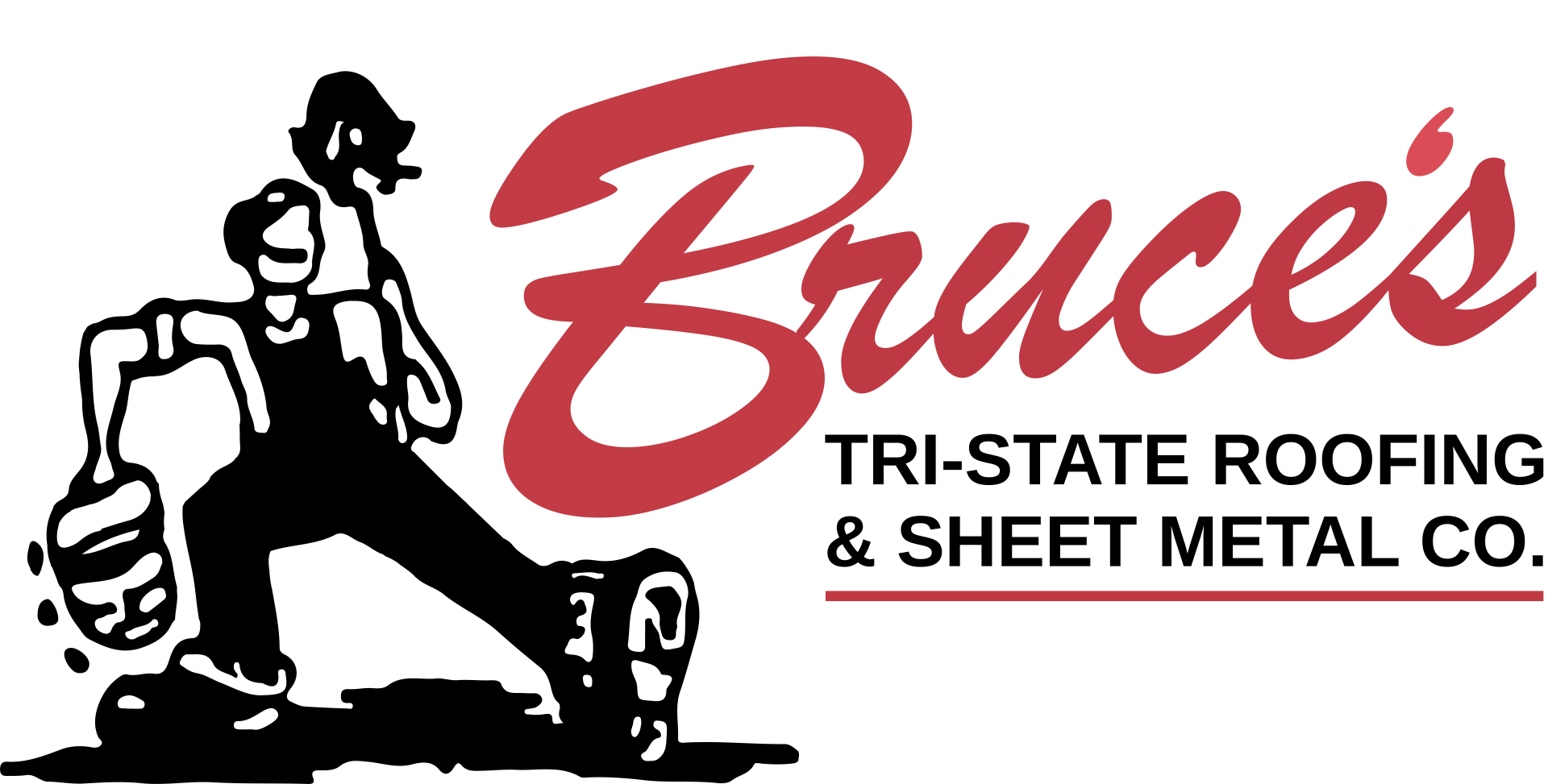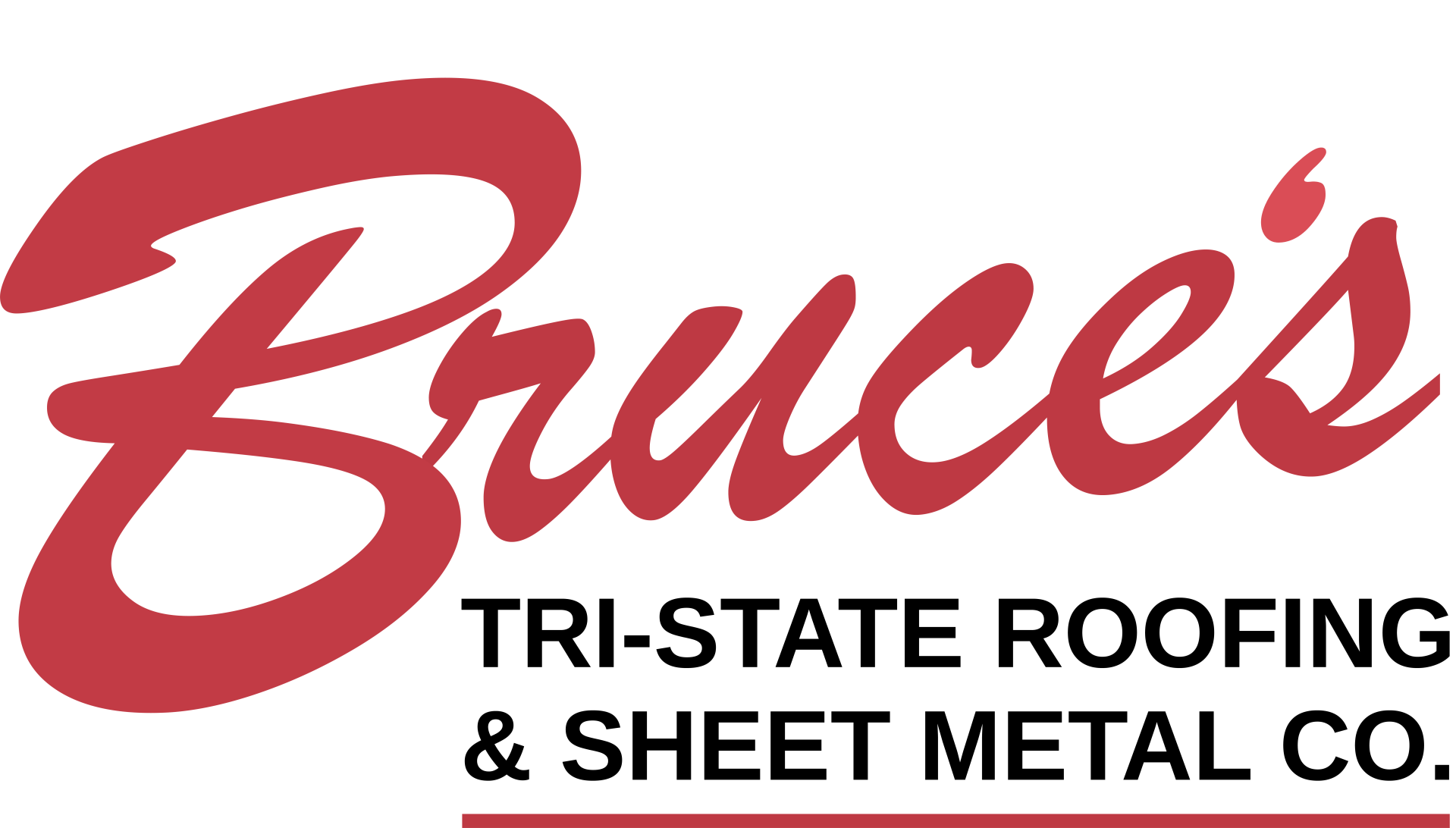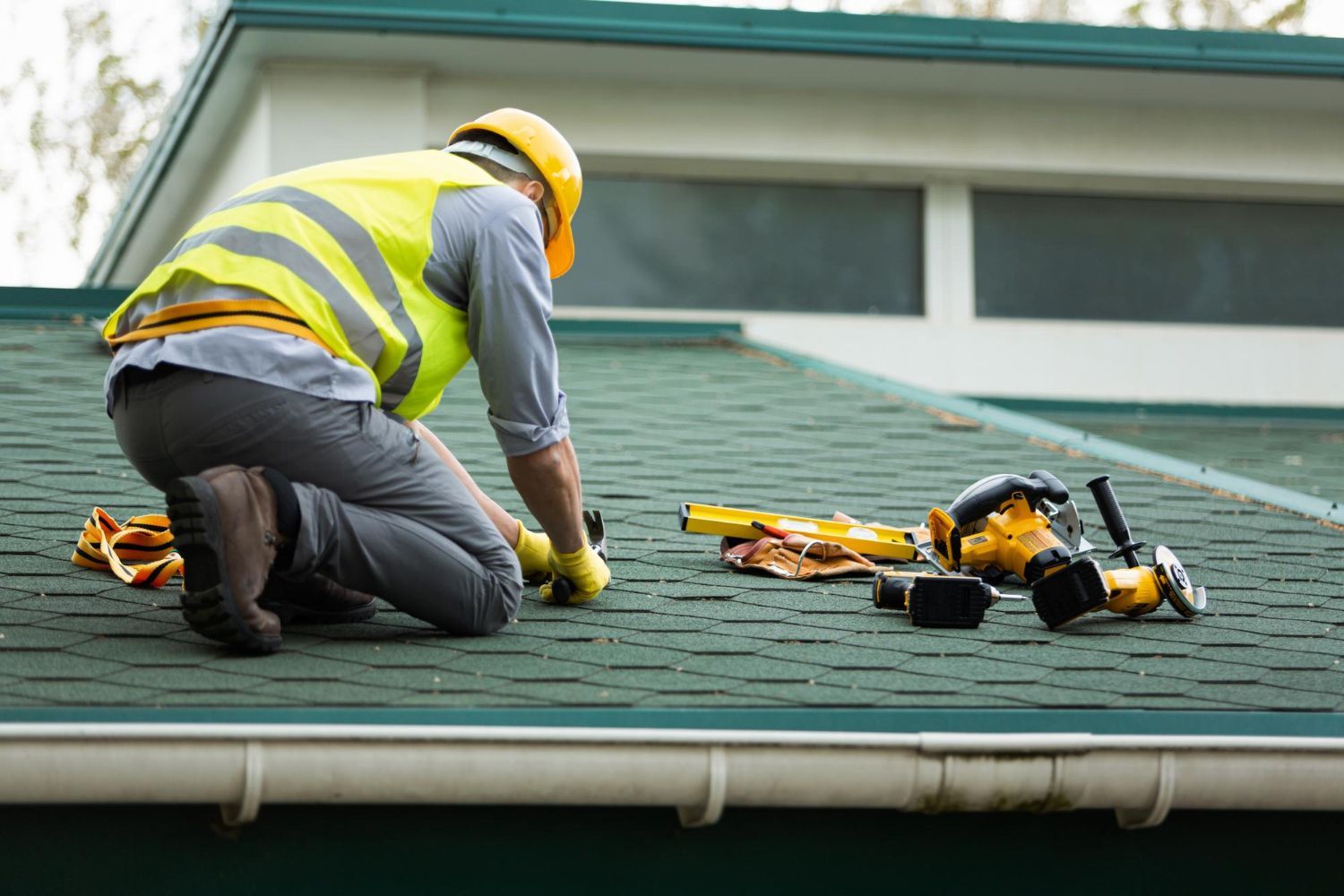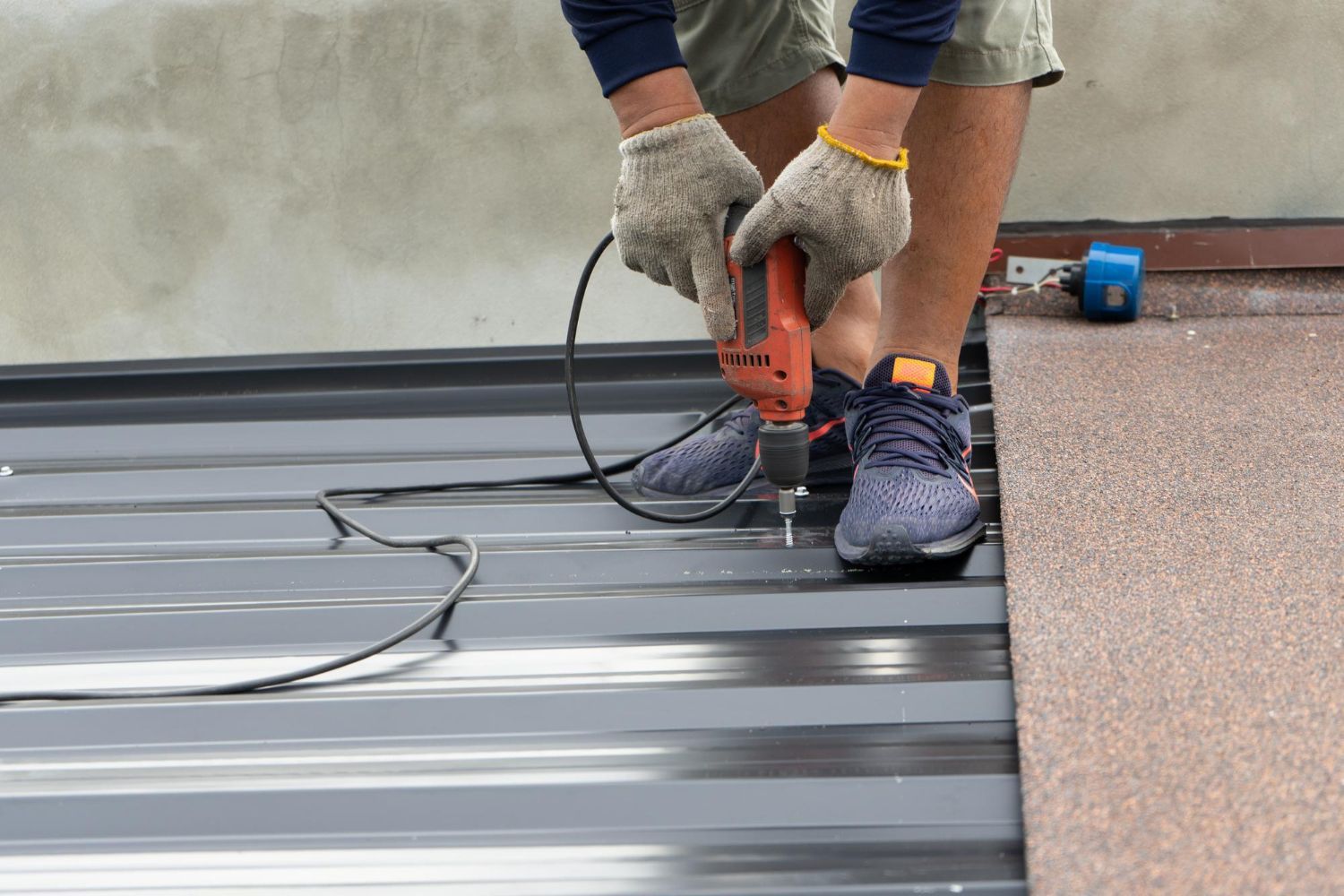Cold weather can be tough on roof shingles. When temperatures drop, your shingles face challenges that can lead to damage if not attended to. Cold winds, ice, and repeated freezing and thawing cycles can all weaken your roof over time.
Understanding how to protect your roof shingles in cold weather is key to maintaining a sturdy and leak-proof roof. There are steps you can take to prepare your roof for these harsh conditions. By addressing potential threats and performing regular upkeep, you give your shingles a longer lifespan and keep your home safe.
Taking a proactive approach to shingle care allows you to avoid costly repairs down the road. With the right guidance, you can strengthen your roof against the elements and ensure that it stands up to winter's challenges. Let's explore how you can protect your roof shingles effectively.
Recognizing Cold Weather Threats to Roof Shingles
Cold weather can be quite harsh on roof shingles, affecting their durability and effectiveness. When temperatures drop, shingles might become brittle, making them more susceptible to cracking. This can create openings where water can seep in, leading to potential leaks and damage.
Ice dams are a significant risk during cold seasons. They form when there's a buildup of snow and ice at the roof's edge, preventing proper drainage and causing water to pool behind the dam. This standing water can seep under shingles and into your home, creating water damage and structural issues.
Wind is another factor that poses a threat. Harsh winter winds can lift shingles, especially if they are not securely fastened. Once lifted, wind can easily tear them away, exposing the underlayment and leaving your roof vulnerable to leaks and further damage.
The freeze-thaw cycle is particularly challenging for shingles. As temperatures fluctuate, any moisture trapped under or between shingles can freeze and expand. This expansion pushes the shingles up, and when the ice melts, it leaves gaps for water to enter. Repeated cycles of freezing and thawing over the winter accelerate wear and cause shingles to deteriorate more quickly.
Preparing Your Roof for Cold Temperatures
Preparing your roof for cold temperatures is essential to avoid the issues caused by severe weather. Begin by ensuring your shingles are secure and in good condition. Check for any missing, cracked, or curling shingles and replace them to prevent water infiltration and wind damage.
Trimming trees around your house can significantly reduce risks too. Overhanging branches can break under the weight of ice or during strong winds, damaging your shingles in the process. By keeping branches trimmed, you minimize the risk of falling limbs and debris accumulating on the roof.
Proper insulation and ventilation are crucial for maintaining the health of your roof. Insulation keeps the heat in your home, reducing the chance of ice dams by keeping the roof warm enough to prevent freezing. Ventilation allows air to circulate, removing excess moisture that could lead to mold growth or weaken roof materials.
Implement these steps to prepare your roof for cold weather and you'll help extend the life of your shingles while minimizing the need for unexpected repairs. A little effort now can lead to significant savings and peace of mind during the colder months.
Applying Protective Treatments and Enhancements
Applying protective treatments and enhancements to your roof can help maintain shingle durability during cold weather. One effective method is using sealants and coatings. These products form a barrier over your shingles, helping repel water and prevent damage from ice and wind. Coatings also add a layer of UV protection, which is vital even in winter months when the sun can be quite strong.
An additional protective measure is installing an underlayment beneath your shingles. This underlayment acts as a shield, blocking any water that might seep through the outer layer. It offers a second defense line against leaks and damage, especially crucial during heavy winter rains and extreme cold.
Weather-resistant shingles are another option for boosting roof protection. These shingles are specially designed to withstand harsh weather conditions, offering better resistance to cracking and breaking. They may cost a bit more initially, but their enhanced durability can save money on repairs and replacements over time. Opting for these robust materials ensures your roof can better face the challenges that come with cold weather.
Regular Cold Weather Maintenance Practices
Routine maintenance is key to extending the life of your shingles during cold weather. Start with a checklist of tasks that help keep your roof in top shape. Clean gutters and downspouts to ensure proper drainage and prevent ice dams. Remove any debris from the roof, such as leaves or branches, to avoid moisture buildup that can lead to leaks.
Regular inspections are vital as colder months progress. Check for loose or damaged shingles and fix them promptly. Ensure that flashing around chimneys and vents is intact, as gaps can allow water inside your home. Keeping a close eye on these elements helps catch issues early before they turn into bigger problems.
Scheduling professional assessments allows experts to look for hidden issues that might not be immediately apparent. Skilled roofers can spot potential trouble areas and suggest corrective actions to ensure your shingles remain in prime condition. This proactive approach to maintenance not only protects your home but also adds to your peace of mind.
Conclusion
Protecting your roof shingles from the harsh conditions of cold weather is essential for maintaining a safe and sound home. From understanding common threats like ice dams and freeze-thaw cycles to applying protective treatments and maintaining a regular upkeep schedule, these strategies are key to extending the life of your shingles. While DIY efforts are important, knowing when to call in professionals can make a big difference. Roofing experts offer insights and solutions tailored to your specific needs, ensuring your roof is ready for whatever winter throws at it.
As you prepare your roof for the winter months, consider reaching out to Bruce's Tristate Roofing for expert assistance. Our experienced team is ready to help you safeguard your home's roof with top-notch
residential roofing in KY tailored to withstand cold weather challenges. Let us ensure your roof stays strong and leak-free all winter long. Visit our website today to learn more about how we can assist you in protecting your home.





